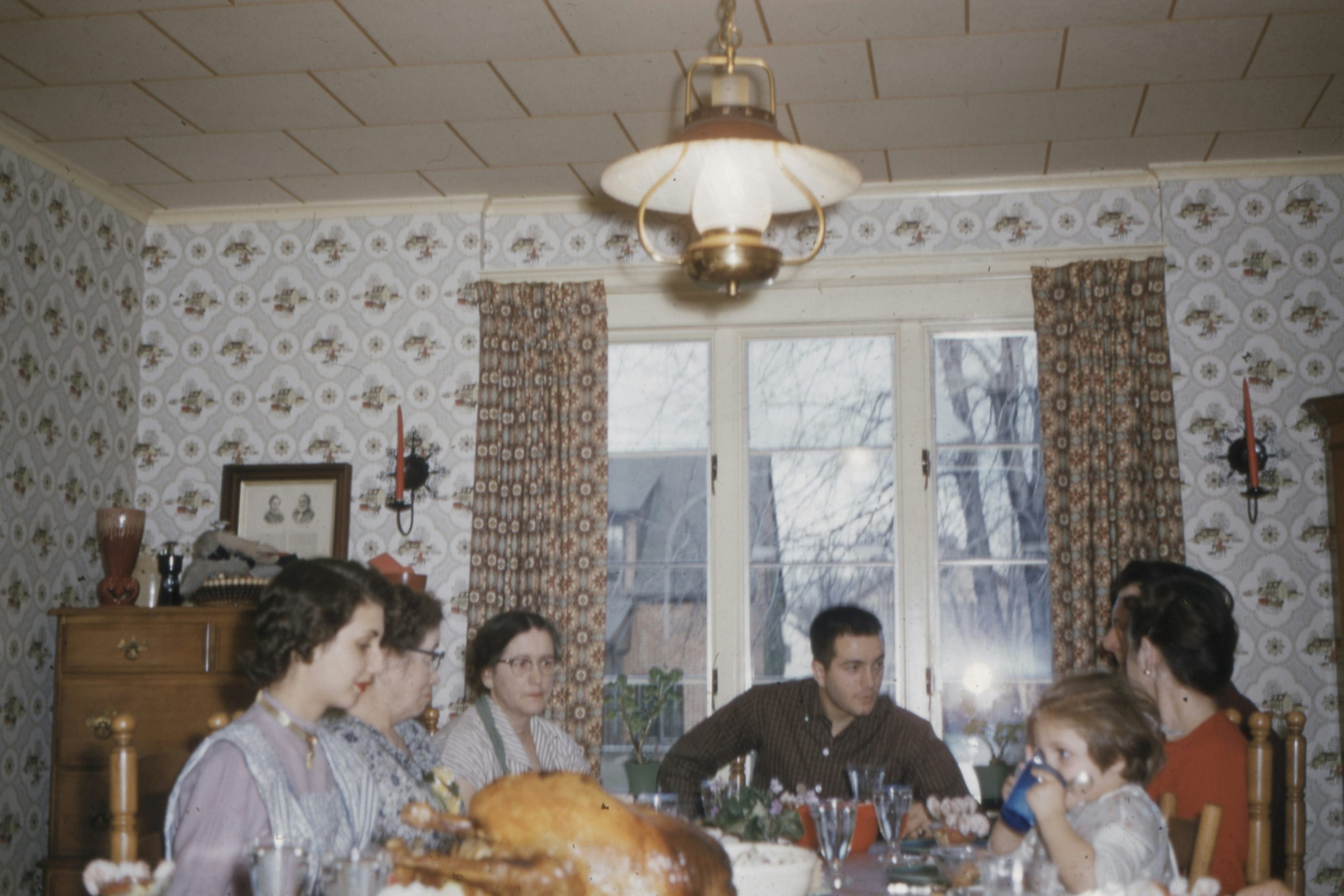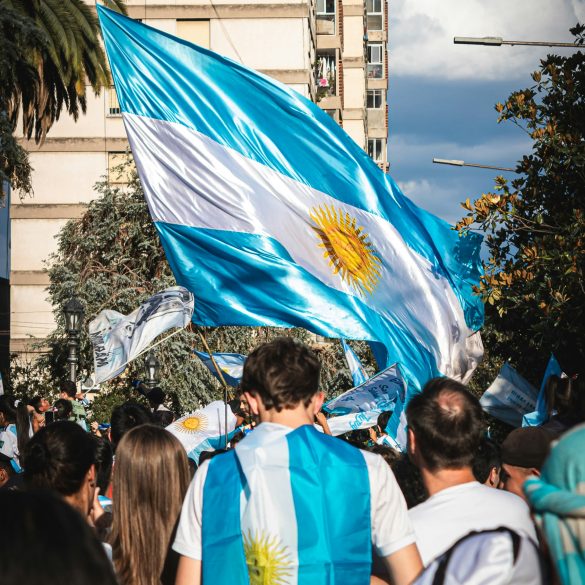American Holidays Explained: From Thanksgiving to Juneteenth
Having grown up in a household where holidays weren’t just dates on the calendar but genuine celebrations of culture and community, I’ve always been fascinated by how American holidays tell the story of our nation’s complex identity. What strikes me most about these observances is how they’ve evolved—some gaining deeper meaning over time, others adapting to reflect our changing understanding of history and inclusion.
American holidays represent far more than simple celebrations. They’re windows into our collective values, historical struggles, and ongoing cultural conversations1. From the harvest gratitude of Thanksgiving to the recent federal recognition of Juneteenth, these observances reflect both our traditions and our growth as a society.
Back when I first started paying attention to how different families celebrated these occasions, I noticed something fascinating: the same holiday could mean completely different things depending on your background, region, and personal history. This diversity in celebration styles and meanings is, honestly, what makes American holiday culture so rich and complex.
American Holiday Facts
The United States recognizes 11 federal holidays, but Americans celebrate over 30 widely observed occasions throughout the year. Interestingly, holiday traditions vary significantly by region—what’s considered essential in New England might be completely unfamiliar in the Southwest, and vice versa.
Thanksgiving: More Than Just Turkey and Football
Let’s start with Thanksgiving, shall we? This holiday has always intrigued me because it perfectly demonstrates how American celebrations blend historical narrative with family tradition. The fourth Thursday in November has become synonymous with massive family gatherings, elaborate meals, and—if we’re being honest—heated political discussions that somehow always surface between the stuffing and pumpkin pie.
The traditional story we learned in school focuses on the 1621 harvest feast shared between Plymouth colonists and the Wampanoag people2. But here’s where things get more complex than that elementary school narrative suggests. Modern Thanksgiving observance actually stems from President Lincoln’s 1863 proclamation during the Civil War, when he declared it a national holiday to promote unity.
“The year that is drawing towards its close, has been filled with the blessings of fruitful fields and healthful skies… They are the gracious gifts of the Most High God, who, while dealing with us in anger for our sins, hath nevertheless remembered mercy.” President Abraham Lincoln, Thanksgiving Proclamation, 1863
What really gets me about contemporary Thanksgiving is how it’s become this fascinating blend of gratitude, family obligation, and cultural reflection. I’ve noticed that younger generations are increasingly acknowledging the complex history surrounding this holiday—recognizing both the importance of gratitude and the painful history of colonization that followed those early interactions.
Regional Thanksgiving variations tell their own stories, too. Growing up, I remember being surprised to learn that some families serve tamales alongside turkey, while others feature seafood-heavy spreads that would make a New England traditionalist absolutely bewildered. These adaptations reflect the beautiful reality of American immigration and cultural blending.
Modern Thanksgiving Reality Check
Contemporary families spend an average of $61.17 on Thanksgiving dinner, with preparation taking 3-4 hours for the traditional feast. However, nearly 40% of families now incorporate non-traditional dishes reflecting their cultural heritage—creating uniquely American fusion celebrations.
Fourth of July: Patriotism in All Its Forms
The Fourth of July presents another fascinating case study in holiday evolution. Independence Day celebrations have transformed dramatically since 1776, and honestly, they reveal quite a bit about American identity at any given moment in history3.
What started as a commemoration of the Continental Congress approving the Declaration of Independence has become this massive celebration involving fireworks, barbecues, parades, and—let’s be real—an enormous amount of red, white, and blue merchandise. But I’ve always found it interesting how different communities approach this patriotic celebration.
Some folks go all out with elaborate neighborhood block parties, complete with decorated bicycles and competitive barbecue contests. Others prefer quiet family gatherings with simple cookouts and sparklers for the kids. Then there are those who use the day for reflection on American ideals—both our achievements and our ongoing struggles to live up to those founding principles.
| Holiday Element | Traditional Approach | Contemporary Variations | Regional Differences |
|---|---|---|---|
| Food | Hot dogs, hamburgers | Fusion barbecue, international dishes | Seafood (Northeast), Tex-Mex (Southwest) |
| Activities | Parades, fireworks | Festivals, concerts, community service | Beach parties (coastal), rodeos (rural) |
| Meaning | Celebrating independence | Reflecting on democratic ideals | Community identity, local history |
The fireworks tradition, incidentally, connects directly back to John Adams’ prediction about how independence would be celebrated. He wrote to his wife Abigail that the day “ought to be solemnized with pomp and parade, with shows, games, sports, guns, bells, bonfires, and illuminations”4. Pretty accurate prediction, wouldn’t you say?
Juneteenth: Recognition and Remembrance
Now, here’s where American holiday evolution gets really interesting. Juneteenth—officially recognized as a federal holiday only in 2021—represents something significant about how our understanding of American history continues to expand and deepen.
June 19th commemorates the day in 1865 when federal troops arrived in Galveston, Texas, to announce that the Civil War had ended and enslaved people were free5. What gets me about this holiday is how it existed in communities for over 150 years before gaining widespread national recognition. That says something profound about whose stories get told and when.
I remember the first Juneteenth celebration I attended as an adult—it was eye-opening, honestly. The combination of joy, reflection, education, and community connection felt different from other American holidays. There was this sense of reclaiming history, of celebrating resilience, and of acknowledging painful truths alongside triumph.

Contemporary Juneteenth celebrations blend traditional elements like barbecue and music with educational components—historical exhibits, poetry readings, and discussions about ongoing civil rights work. It’s become this beautiful example of how holidays can serve multiple purposes: celebration, education, and community building all at once.
- Community festivals featuring local musicians and artists
- Educational programs about African American history and culture
- Traditional foods including barbecue, red drinks, and soul food classics
- Historical reenactments and storytelling sessions
- Art exhibitions showcasing African American creativity and achievement
- Service projects addressing contemporary community needs
Memorial Day and Veterans Day: Honoring Service
These two holidays often get confused, and I’ll be completely honest—I used to mix them up myself until I started paying closer attention to their distinct purposes and histories. Memorial Day honors those who died in military service, while Veterans Day celebrates all who served. The difference matters enormously to military families and veterans.
Memorial Day originated as Decoration Day after the Civil War, when communities began decorating graves of fallen soldiers6. The tradition of visiting cemeteries, placing flags and flowers on graves, and holding commemorative ceremonies continues today, though it’s often overshadowed by the holiday’s association with the unofficial start of summer.
“The willingness of America’s veterans to sacrifice for our country has earned them our lasting gratitude. Veterans Day is a time to reflect on the service and sacrifice of all generations of veterans.” Department of Veterans Affairs
Veterans Day, originally called Armistice Day, commemorates the end of World War I on November 11, 1918. What strikes me about these observances is how they’ve evolved to reflect changing attitudes toward military service and war itself. Modern celebrations often emphasize supporting veterans’ ongoing needs rather than just honoring past service.
Christmas and New Year: Secular and Sacred
Christmas in America presents this fascinating blend of religious observance and secular celebration that somehow manages to be both deeply meaningful and wonderfully chaotic. Having experienced Christmas celebrations across different regions and communities, I’m consistently amazed by how adaptable this holiday has become.
The American Christmas incorporates traditions from multiple cultures—German Christmas trees, Dutch gift-giving, English caroling, and Mexican Las Posadas celebrations, among others7. This cultural fusion creates something uniquely American while maintaining connections to immigrant heritage.
Christmas by the Numbers
Americans spend approximately $1,048 per household on Christmas celebrations, with 77% of families displaying Christmas trees. Interestingly, 81% of non-Christians in America also celebrate Christmas in some form, making it truly a cultural as well as religious holiday.
New Year’s Eve and Day create their own interesting dynamic. The transition from December 31st to January 1st has become this massive celebration of renewal and possibility. Times Square in New York City attracts over a million people annually, while millions more host house parties or attend local celebrations8.
What I find most compelling about New Year celebrations is how they combine reflection with aspiration. People simultaneously look back at the year’s experiences and forward to future possibilities. The resolution tradition, while often mocked, represents something genuinely hopeful about human nature.
Contemporary Holiday Evolution
American holiday culture continues evolving in response to changing demographics, social awareness, and cultural values. We’re seeing increased recognition of previously overlooked communities and histories—Indigenous Peoples’ Day as an alternative to Columbus Day, for instance, or the growing acknowledgment of Diwali and Lunar New Year in diverse communities.
This evolution reflects something beautiful about American culture: our capacity for growth and inclusion. Sure, these changes sometimes create tension or debate, but they also demonstrate our ongoing commitment to becoming more representative of who we actually are as a nation.
- Recognition of diverse cultural celebrations in public spaces
- Integration of historical complexity into traditional holiday narratives
- Emphasis on community service and social action during celebrations
- Adaptation of traditional foods to reflect contemporary dietary preferences
- Use of technology to connect distant family members during celebrations
Labor Day, Martin Luther King Jr. Day, and Presidents’ Day each contribute their own elements to the American holiday landscape. Labor Day celebrates workers’ contributions while marking summer’s end. MLK Day encourages service and reflection on civil rights progress. Presidents’ Day honors presidential leadership while often serving as a retail holiday.
Looking ahead, I expect American holiday culture will continue adapting to reflect our evolving national identity. We’ll likely see more recognition of diverse cultural traditions, continued examination of historical narratives, and innovative ways of celebrating that accommodate changing lifestyles and values.
American holidays ultimately serve as mirrors reflecting our values, struggles, and aspirations as a society. They connect us to history while allowing space for personal meaning and cultural expression. Whether you’re carving turkeys or lighting fireworks, attending Juneteenth festivals or placing flags on veterans’ graves, these observances create shared experiences that bind us together as Americans.
The beauty of American holiday culture lies not in uniformity but in its capacity to accommodate multiple meanings, traditions, and expressions within common frameworks of celebration. That flexibility—that ability to honor the past while embracing change—might just be the most American thing about our holidays.
References



